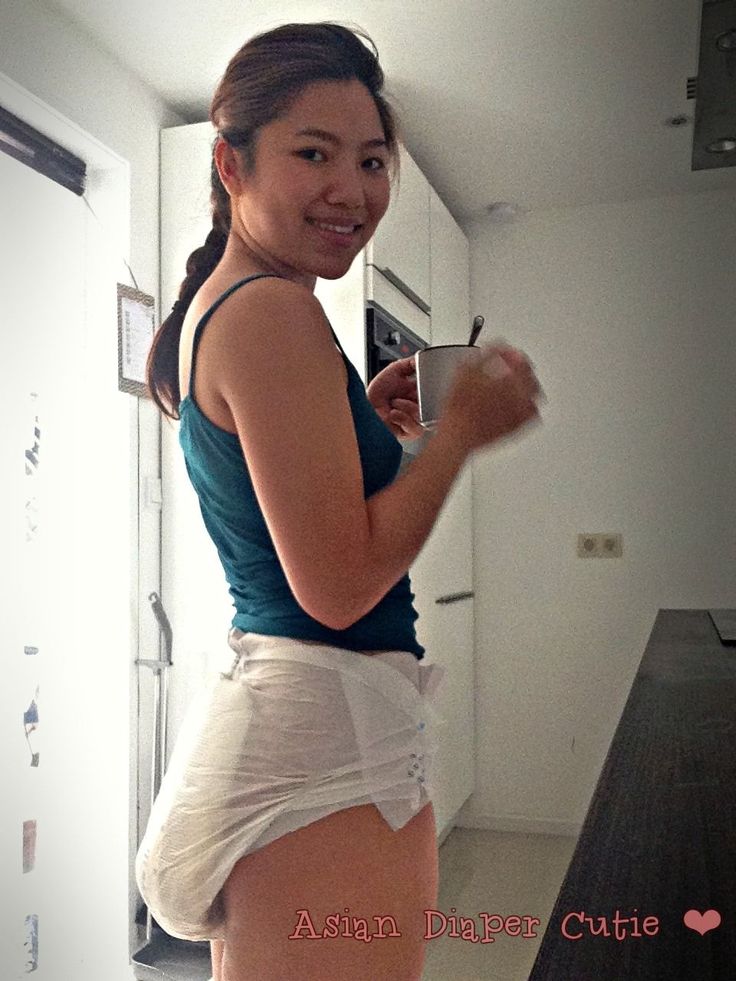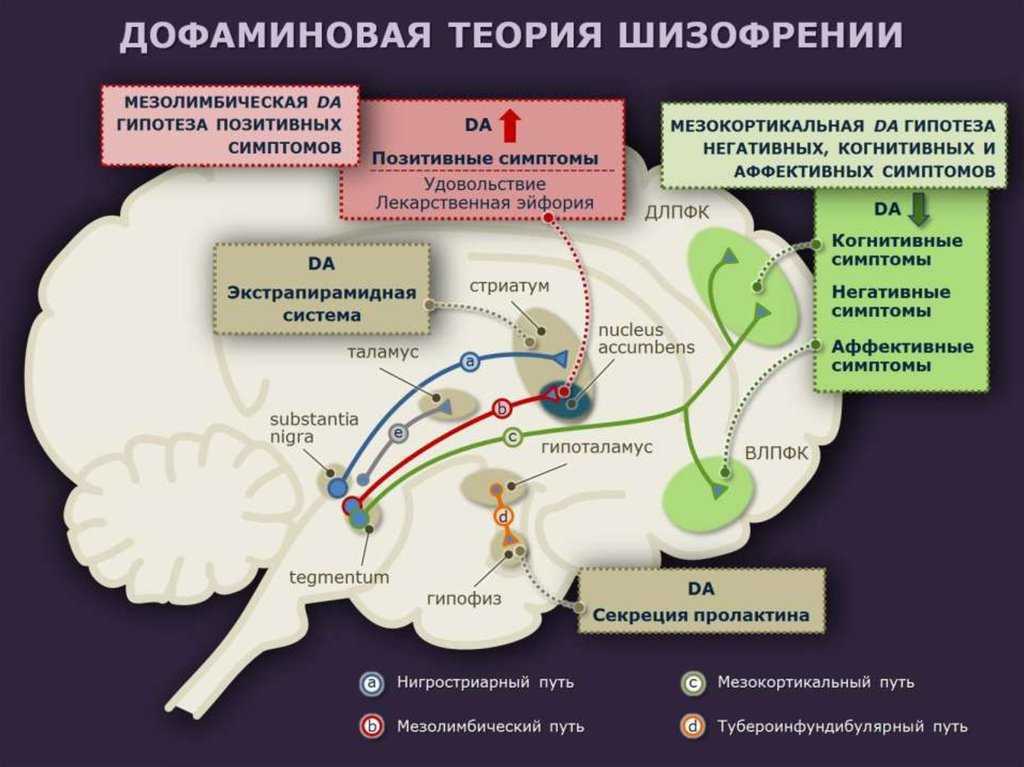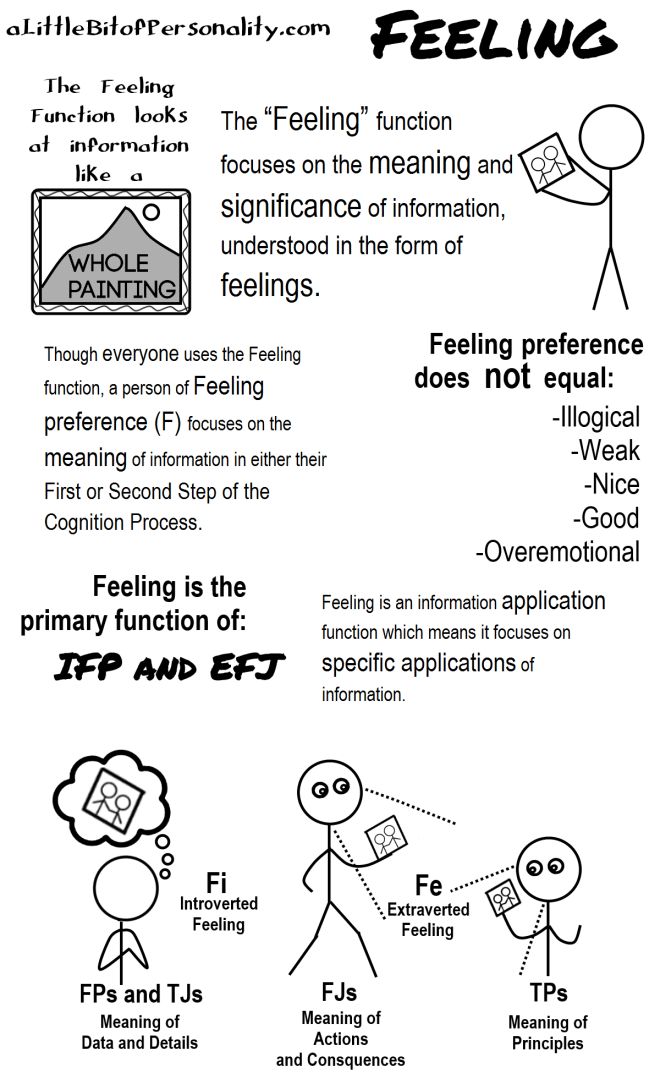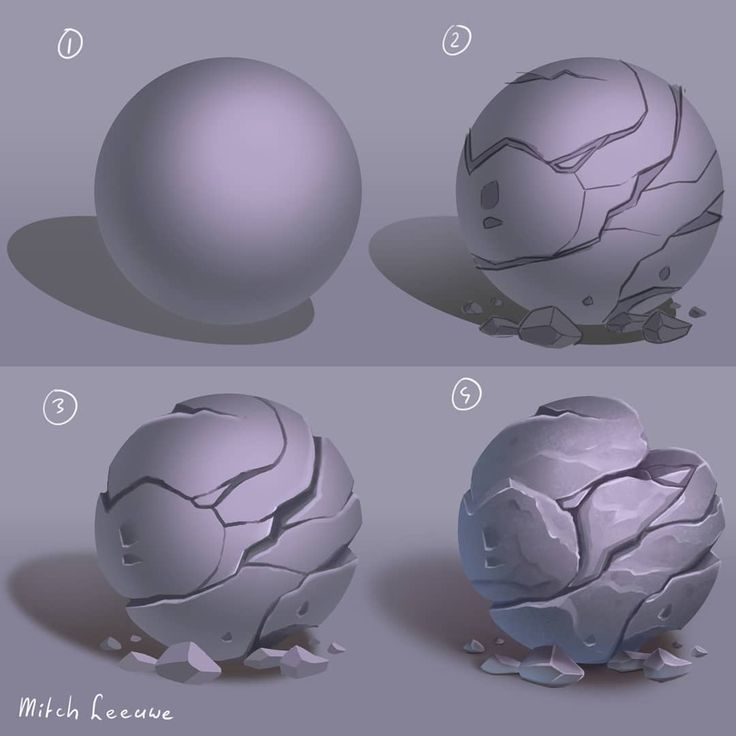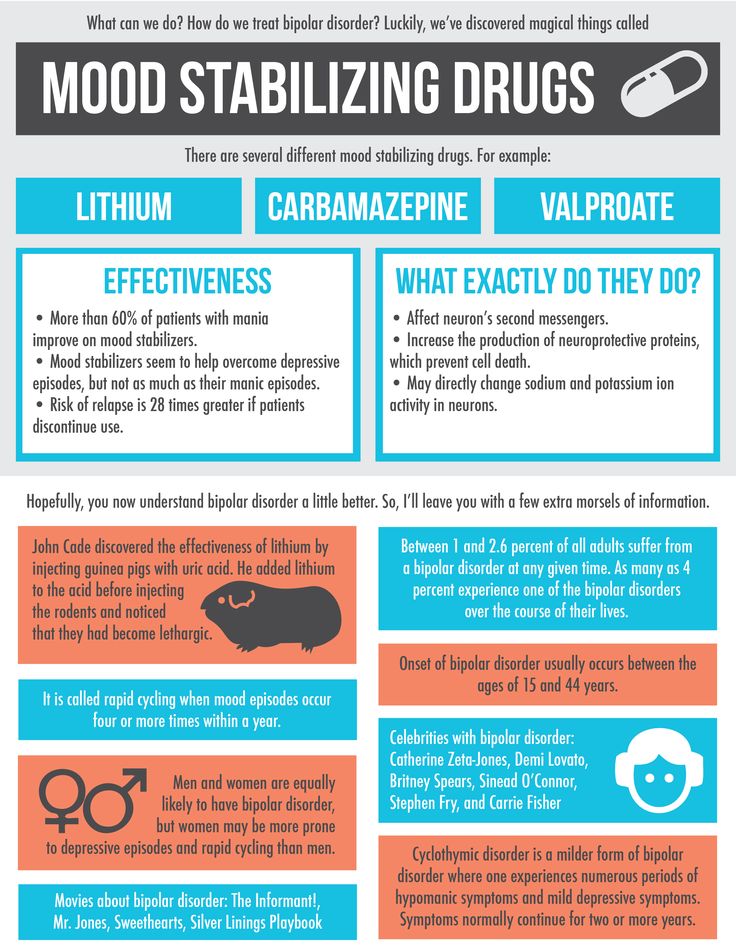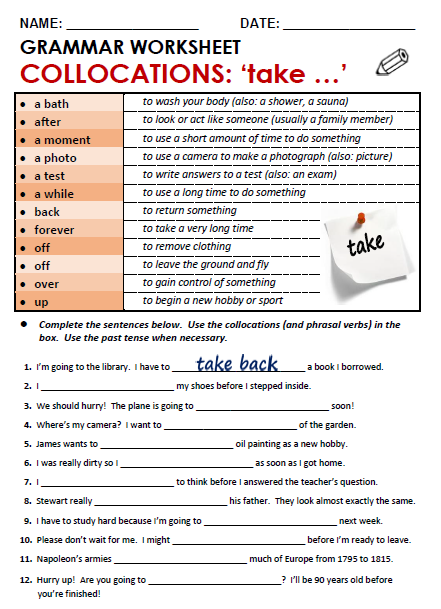How to control your breath
How can I manage my breathlessness?
On this page, we explain the different things you can do to manage your breathlessness.
On this page:
- Breathing habits
- Breathing control
- Breathing techniques
- Positions to help you recover from breathlessness
- Obstructive and restrictive lung conditions
Evidence suggests that how breathless you feel doesn’t always match up that well with the results of lung function tests and scans. This is because it’s not just lung function that affects how out of breath you feel. Breathlessness is also affected by the way you breathe, your lifestyle and how you think and feel about your breathing:
How you think and feel about your breathing is important. For example, a worrying thought can make you feel anxious and make you feel breathless. This could perhaps make you feel panicky and bring on physical symptoms such as a tight chest or fast breathing.
When you have a long-term lung condition, you can feel anxious. Because being anxious interacts with your physical symptoms and can increase your feelings of breathlessness. It’s important to talk to your health care professional about what help is available for you. Read more about coping with anxiety and a lung condition.
Breathing habits
Unhelpful breathing habits will make you feel more out of breath.
When you’re out of breath, you may feel like you need more air. So you may start to take more air into your lungs or breathe faster. You might then not take the time to fully empty your lungs as you breathe out. This means you use the top of your chest more to breathe, instead of using your whole lungs. Breathing like this is more work – your muscles will get tired more quickly, and you’ll feel even more out of breath.
The good news is there are breathing techniques you can use to breathe more efficiently and to feel in control of your breathing. If you practise these techniques and use them every day, they’ll help you when you’re active or if you suddenly feel short of breath.
Breathing control
Breathing control means breathing gently, using the least effort. It will help when you’re short of breath or feeling anxious. The technique below is sometimes taught in yoga.
To get used to breathing control, it helps to practice when you are sitting, relaxed and not out of breath.
Breathing control is about the best use of your main breathing muscle - your diaphragm. The focus is on reducing tension and using your shoulder and neck muscles to get into the best position for you to breathe easily. Your diaphragm contracts when you breathe. This pulls the lungs down, stretching and expanding them. It relaxes back – into a dome position – when you breathe out, reducing the amount of air in your lungs.
Get into a comfortable position, with your arms supported on arm rests or your lap. Let your shoulders and body be relaxed and loose.
- Put one hand on your chest and the other on your stomach.
- Close your eyes to help you relax and focus on your breathing.
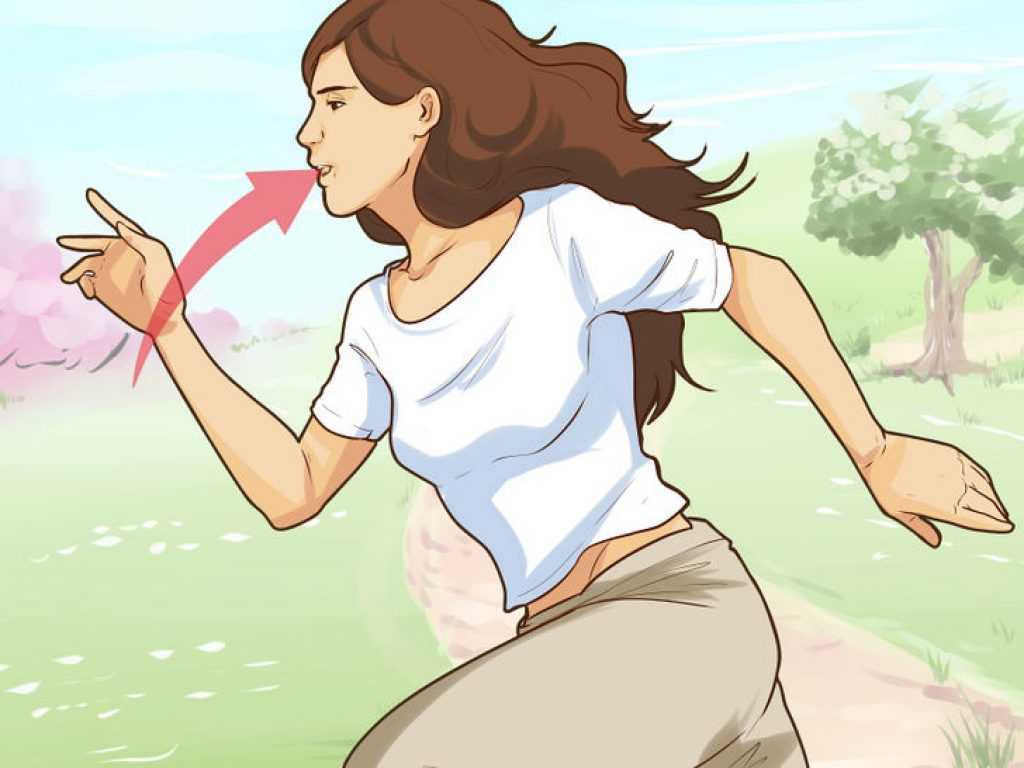
- Slowly breathe in through your nose, with your mouth closed. If you’re relaxed, the air will reach low in your lungs. Your stomach will move out against your hand. If your breathing is controlled, the hand on your chest will hardly move.
- Breathe out through your nose. Your stomach will fall gently. Imagine all the tension in your body leaving as you let the air out.
- Try to use as little effort as possible and make your breaths slow, relaxed and smooth. With every breath out, try to feel more relaxed. Gradually try to breathe more slowly.
When fully in control of your breathing, your out breath should take longer than your in breath. There should be a natural pause at the end of your out breath.
Remember the three Rs
Breathing control is sometimes known as relaxed tummy breathing. Try to remember the three Rs:
- Rise the tummy as you breathe in
- Relax the breath out
- Rest and wait for the next breath to come
Breathe a rectangle
Once you’ve mastered the relaxed tummy breathing technique, you might find it useful to imagine or look at a rectangle.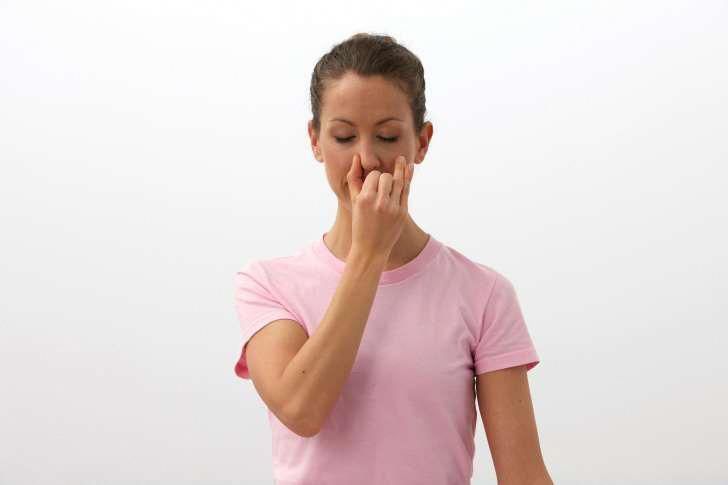 Wherever you are, there is often a rectangle to be seen, whether this is a book, TV, computer, tablet screen, door, window, tabletop, or even a picture on the wall. Follow the sides of the rectangle with your eyes as you use relaxed tummy breathing. Gradually slow the speed at which your eyes move around the edge of the rectangle to slow your breathing.
Wherever you are, there is often a rectangle to be seen, whether this is a book, TV, computer, tablet screen, door, window, tabletop, or even a picture on the wall. Follow the sides of the rectangle with your eyes as you use relaxed tummy breathing. Gradually slow the speed at which your eyes move around the edge of the rectangle to slow your breathing.
Breathing techniques
Use breathing control combined with any of the breathing techniques below. Some people find some techniques suit them better than others. Give them all a go and see what works well for you.
| Breathing technique | How do I do it? |
|---|---|
Pursed-lips breathing can be used at any time to help you control your breathing. This helps to empty all the air out of your lungs and is particularly useful for people with COPD as the narrowed airways can trap air in the lungs.
| Breathe in gently through your nose, then purse your lips as though you’re going to blow out a candle. Blow out with your lips in this pursed position. Imagine blowing out a candle when you breathe out. Blow out only for as long as is comfortable – don’t force your lungs to empty. |
| Blow-as-you-go helps make tasks and activities easier. Use it while you’re doing something that makes you breathless. You can use it with pursed-lips breathing. | Breathe in before you make the effort. Then breathe out while you’re making the effort. For example, when standing up, breathe in before you step or stand up, and then blow out as you stand up. Try pursing your lips as you blow out. |
| Paced breathing is useful when you are active, for example, walking or climbing stairs. You pace your steps to your breathing. You can use it at the same time as pursed-lips breathing and blow-as-you-go. | Count to yourself as you walk or move. Take more steps as you breathe in or as you breathe out, if that feels better for you. Try different combinations to find what works best for you - for example, two steps in, two steps out. |
Talk to a physiotherapist to find the best techniques for you. If you don’t already have one, ask your doctor to refer you.
Positions to help you recover from breathlessness
Use these positions to help you practise your breathing control, or to recover your breath when you get breathless.
Stand leaning backwards or sideways against a wall
Have your feet slightly apart, about one foot or 30cms away from the wall. Relax your hands down by your sides. If you prefer, rest your hands or thumbs in your waistband or belt loops, or across the shoulder strap of your handbag.
This position can be helpful for most people with a lung condition, and you can use this when you’re at home or out and about.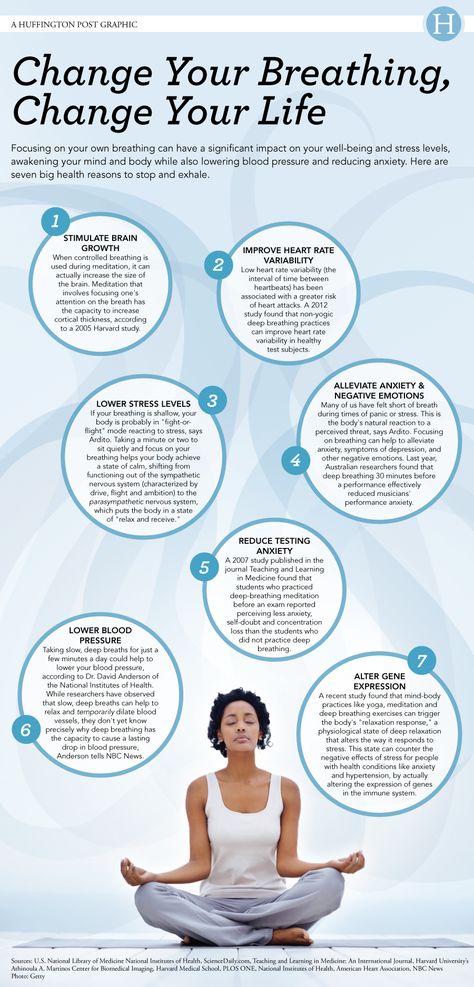 Other helpful positions vary depending on whether you have an obstructive or a restrictive lung condition.
Other helpful positions vary depending on whether you have an obstructive or a restrictive lung condition.
Obstructive and restrictive lung conditions
Obstructive or restrictive lung diseases both cause breathlessness, but they result from different processes in your lungs:
- obstruction refers to how quickly you can move air in and out of your lungs
- restriction refers to the total amount of air you can get into your lungs.
If a healthy person takes a big breath in and then blows out as hard, they will be able to get over 70% of the air out of their lungs in one second.
Obstructive lung diseases
In obstructive lung disease, such as COPD, asthma or bronchiectasis, it takes longer to empty your lungs. The airflow is slower because the disease makes your airways narrower or lungs less elastic. Because breathing out is slower, the person may need to breathe in again before they have emptied their lungs.
This makes breathing uncomfortable.
Positions to help with your breathlessness
Restrictive lung diseases
In restrictive lung disease, you cannot fill your lungs with air because your lungs are restricted from fully expanding. This happens when the lungs themselves are stiff or because there is a problem with the chest wall or breathing muscles.
The most common restrictive lung conditions are interstitial lung disease, such as IPF, others are obesity or a curved spine.
Positions to help with your breathlessness
Some people find it difficult to breathe because they have lots of phlegm in their airways. This happens with lung conditions such as bronchiectasis. If you have lots of sputum, clearing your sputum may help you feel less out of breath.
There’s more information on managing breathlessness on the Association of Chartered Physiotherapists in Respiratory Care website.

Next: Living well with breathlessness
Download our breathlessness information (PDF, 582KB)
Did you find this information useful?
Yes
No
Page name *
Page url *
We use your comments to improve our information. We cannot reply to comments left on this form. If you have health concerns or need clinical advice, call our helpline on 03000 030 555 between 9am and 5pm on a weekday or email them.
Download our breathlessness information (PDF, 582KB)
Relaxation techniques: Breath control helps quell errant stress response
The term "fight or flight" is also known as the stress response. It's what the body does as it prepares to confront or avoid danger. When appropriately invoked, the stress response helps us rise to many challenges. But trouble starts when this response is constantly provoked by less momentous, day-to-day events, such as money woes, traffic jams, job worries, or relationship problems.
Health problems are one result. A prime example is high blood pressure, a major risk factor for heart disease. The stress response also suppresses the immune system, increasing susceptibility to colds and other illnesses. Moreover, the buildup of stress can contribute to anxiety and depression. We can't avoid all sources of stress in our lives, nor would we want to. But we can develop healthier ways of responding to them. One way is to invoke the relaxation response, through a technique first developed in the 1970s at Harvard Medical School by cardiologist Dr. Herbert Benson. The relaxation response is a state of profound rest that can be elicited in many ways, including meditation, yoga, and progressive muscle relaxation.
Breath focus is a common feature of several techniques that evoke the relaxation response. The first step is learning to breathe deeply.
Deep breathing benefits
Deep breathing also goes by the names of diaphragmatic breathing, abdominal breathing, belly breathing, and paced respiration. When you breathe deeply, the air coming in through your nose fully fills your lungs, and the lower belly rises.
When you breathe deeply, the air coming in through your nose fully fills your lungs, and the lower belly rises.
For many of us, deep breathing seems unnatural. There are several reasons for this. For one, body image has a negative impact on respiration in our culture. A flat stomach is considered attractive, so women (and men) tend to hold in their stomach muscles. This interferes with deep breathing and gradually makes shallow "chest breathing" seem normal, which increases tension and anxiety.
Shallow breathing limits the diaphragm's range of motion. The lowest part of the lungs doesn't get a full share of oxygenated air. That can make you feel short of breath and anxious.
Deep abdominal breathing encourages full oxygen exchange — that is, the beneficial trade of incoming oxygen for outgoing carbon dioxide. Not surprisingly, it can slow the heartbeat and lower or stabilize blood pressure.
Practicing breath focus
Breath focus helps you concentrate on slow, deep breathing and aids you in disengaging from distracting thoughts and sensations.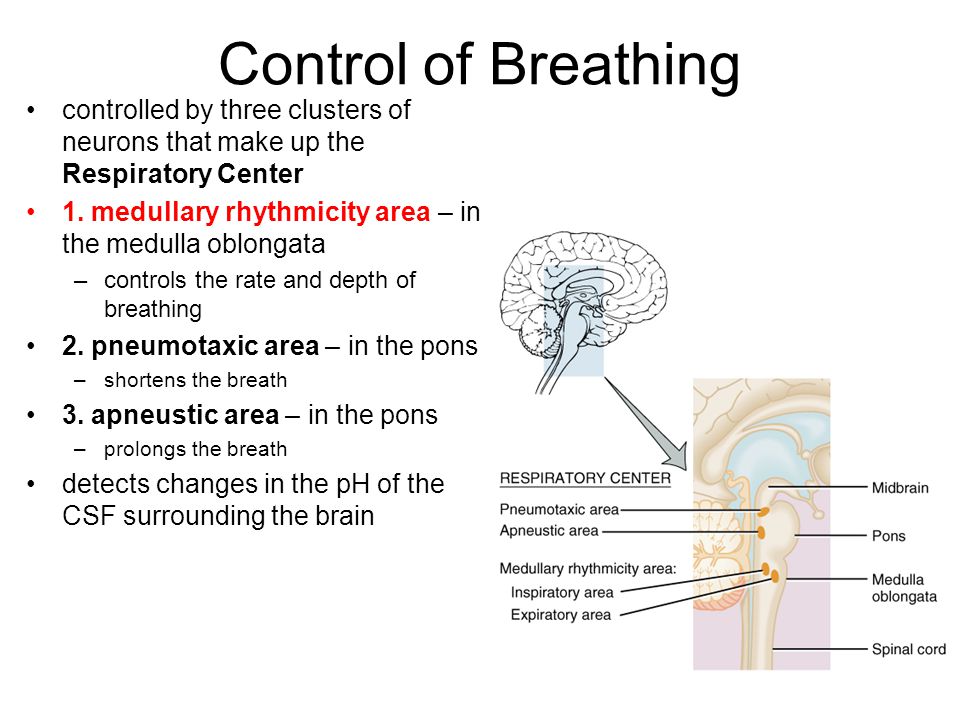 It's especially helpful if you tend to hold in your stomach.
It's especially helpful if you tend to hold in your stomach.
First steps. Find a quiet, comfortable place to sit or lie down. First, take a normal breath. Then try a deep breath: Breathe in slowly through your nose, allowing your chest and lower belly to rise as you fill your lungs. Let your abdomen expand fully. Now breathe out slowly through your mouth (or your nose, if that feels more natural).
Breath focus in practice. Once you've taken the steps above, you can move on to regular practice of controlled breathing. As you sit comfortably with your eyes closed, blend deep breathing with helpful imagery and perhaps a focus word or phrase that helps you relax.
Ways to elicit the relaxation responseSeveral techniques can help you turn down your response to stress. Breath focus helps with nearly all of them:
|
Creating a routine
You may want to try several different relaxation techniques to see which one works best for you. And if your favorite approach fails to engage you, or you want some variety, you'll have alternatives. You may also find the following tips helpful:
And if your favorite approach fails to engage you, or you want some variety, you'll have alternatives. You may also find the following tips helpful:
- Choose a special place where you can sit (or lie down) comfortably and quietly.
- Don't try too hard. That may just cause you to tense up.
- Don't be too passive, either. The key to eliciting the relaxation response lies in shifting your focus from stressors to deeper, calmer rhythms — and having a focal point is essential.
- Try to practice once or twice a day, always at the same time, in order to enhance the sense of ritual and establish a habit.
- Try to practice at least 10–20 minutes each day.
Proper breathing during training: how and why?
September 2, 2019
Experienced athletes know that proper breathing during training plays a big role: the effectiveness of exercises increases, and fatigue at the end is only pleasant.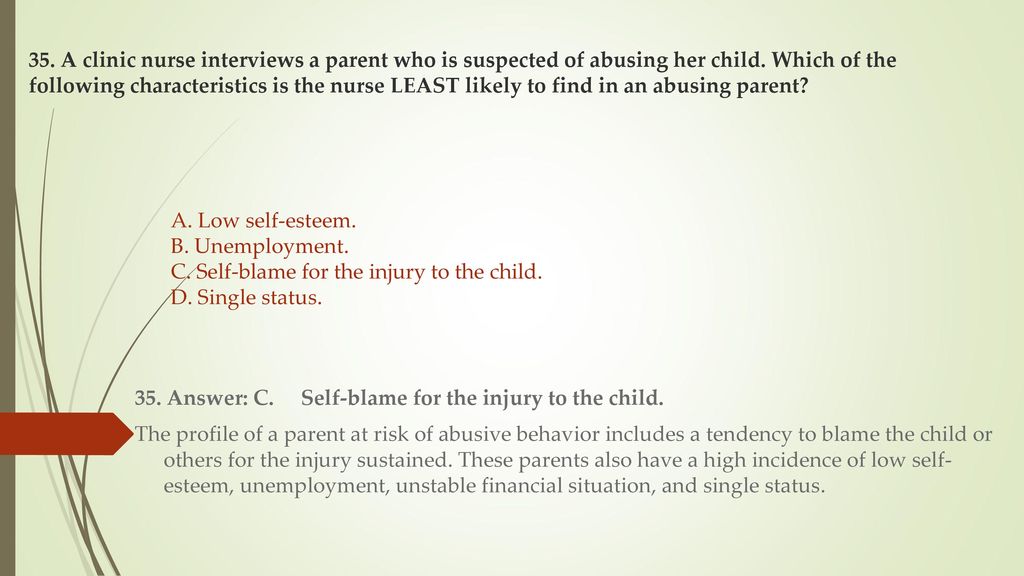
Therefore, time is certainly given to breathing techniques - these rules must be mastered at the very beginning of the training process. nine0003
How to breathe correctly?
Breathing techniques are different in every sport, they are united by a simple rule - do not forget to breathe! Whether you're running or stretching, doing yoga, or doing weight squats, your breathing should be even. Do not hold the air, because then oxygen will not enter the body, and the forces will quickly leave you.
When performing exercises, it is important to remember that inhalation is done at the moment of muscle relaxation, and exhalation is done at the moment of their tension, when maximum effort is applied. For example, when lifting a barbell, exhalation occurs at the moment of its lifting, and inhalation occurs when the barbell returns to the ground. When performing exercises on the press, exhalation is done when raising the legs or body, and inhaling is done when lowering. nine0003
When performing exercises on the press, exhalation is done when raising the legs or body, and inhaling is done when lowering. nine0003
Breathing should be deep (diaphragmatic) but comfortable. When inhaling, the stomach should inflate. It may seem uncomfortable, but it is with such breathing that the body receives maximum oxygen and does not expend energy, as with shallow, frequent breathing.
It also matters how the athlete breathes - through the mouth or nose. It is recommended to inhale through the nose, because the air passing through the nasal passages is warmed, moistened and cleaned of dust and microorganisms. It is better to exhale through the mouth, because this way the air will come out faster. nine0003
Why is it important to control your breathing?
On exhalation, the maximum amount of energy appears, which is necessary for the effective performance of exercises. In addition, when air is exhaled, the press and diaphragm are tensed, which gives additional stability and helps to transfer the load without harming the body. At the moment of inhalation, the muscles of the body tense unevenly, so a person cannot put all his strength into the exercise and physical activity is harder.
At the moment of inhalation, the muscles of the body tense unevenly, so a person cannot put all his strength into the exercise and physical activity is harder.
Consequences of incorrect breathing technique
As we have already said, breathing technique is important during training: the depth of inhalation and exhalation, frequency, correct phase sequence. If you do not pay attention to these rules, then there may be the following consequences:
- Headache, dizziness, weakness - these symptoms appear due to oxygen starvation of brain cells - they are very sensitive to hypoxia. Therefore, you need to breathe evenly. At first, it is difficult to do this, you need to constantly monitor your breathing.
- Increased arterial and intra-abdominal pressure - usually occurs due to too deep inspiration and expiration, or due to the rapid alternation of these phases. nine0030
- Low effectiveness of the training session - this is to be expected, as the body has to deal with hypoxia and additional load throughout the entire training process.
 The result from the classes will be achieved much longer, and the load on the body may affect the state of health in the future.
The result from the classes will be achieved much longer, and the load on the body may affect the state of health in the future.
Have a good workout!
Breathing technique: how to breathe correctly and what breathing exercises to choose
October 10, 2016 Health nine0003
We will tell you why improper breathing is dangerous, how to normalize it and what type of breathing exercises is better to choose to improve health.
Have you thought about how you breathe? In life, we use less than half the volume of our lungs, we inhale the air superficially and rapidly. Such an incorrect approach disrupts the vital activity of the body and provokes the appearance of many ailments: from insomnia to atherosclerosis.
The more we breathe in the air, the less oxygen the body absorbs. Without holding the breath, carbon dioxide cannot accumulate in the blood and tissue cells. And this important element supports metabolic processes, participates in the synthesis of amino acids, calms the nervous system, dilates blood vessels, excites the respiratory center and makes it work optimally.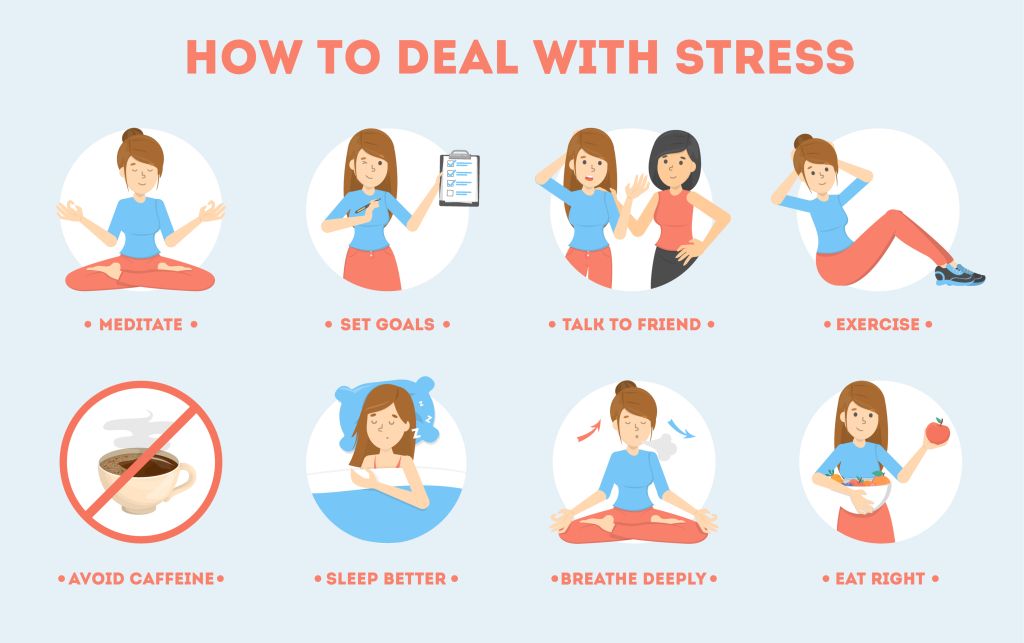 nine0003
nine0003
Why is wrong breathing dangerous?
Rapid shallow breathing contributes to the development of hypertension, asthma, atherosclerosis, cardiovascular and other diseases. In an effort to make up for the excess loss of carbon dioxide, the body turns on the defense system. As a result, overstrain occurs, which leads to an increase in mucus secretion, an increase in cholesterol levels, narrowing of blood vessels, spasms of bronchial vessels and smooth muscles of all organs.
How to normalize the breathing process? nine0009
Enrichment of blood with carbon dioxide is facilitated by sleeping on the stomach, fasting, water procedures, hardening, sports activities and special breathing practices. It is also important to avoid stress, overeating, taking medications, alcohol, smoking and overheating, that is, to lead a healthy lifestyle.
What are the benefits of breathing exercises?
- Prevention of bronchial diseases (bronchial asthma, obstructive, chronic bronchitis).
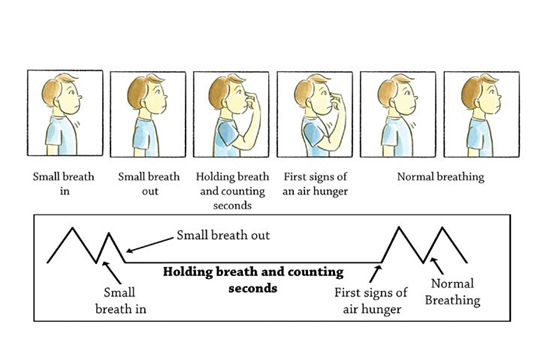
- Massage of internal organs, improvement of intestinal peristalsis and strengthening of abdominal muscles. nine0030
- Concentration of attention and increase in intellectual activity.
- Reduce fatigue, fight stress and insomnia.
- A burst of energy, vitality and excellent health.
- Young firm skin and even weight loss.
Five general rules for breathing exercises
- Start with the easiest, gradually increasing the load.
- Exercise outdoors (or in a well-ventilated area) and wear comfortable clothing. nine0030
- Avoid distractions during class. Concentration is important for maximum effect.
- Breathe slowly. It is slow breathing that contributes to the greatest saturation of the body with oxygen.
- Enjoy your exercise. Stop exercising if you experience any unpleasant symptoms. Consult with a specialist regarding reducing the load or increasing the pause between sets. The only acceptable discomfort is slight dizziness.
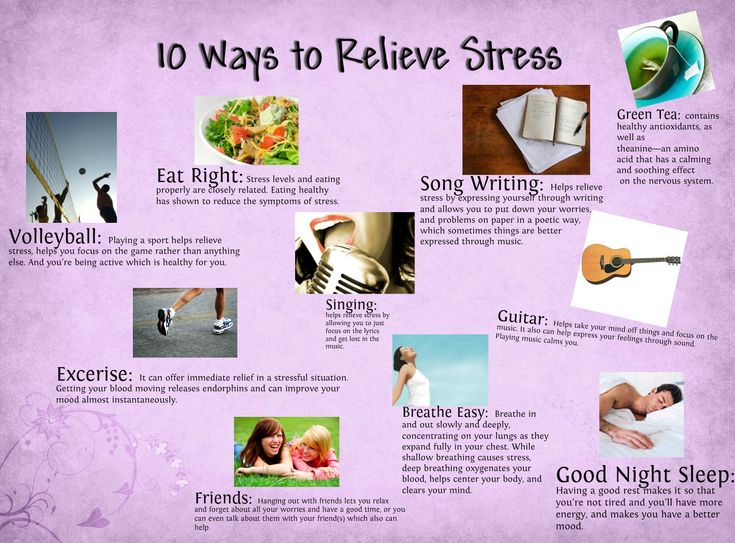
Types of breathing exercises
Yoga practice
Many centuries ago, yogis discovered the relationship between breathing and emotional, physical and mental development of a person. Thanks to special exercises, the chakras and channels of perception are opened. Breathing exercises have a beneficial effect on internal organs, you gain balance and harmony. Yogis call their system pranayama. During the exercises, you need to breathe only through the nose.
Pranayama is the ability to consciously control breathing and control the energy of the body with the help of inhalations and exhalations.
Kapalabhati - belly breathing
Sit in a comfortable posture with a straight back. Close your eyes and focus on the area between the eyebrows. While inhaling, inflate your stomach: relax the abdominal wall, and the air will enter the lungs on its own. On the exhale, pull the stomach to the spine, the movement should be active.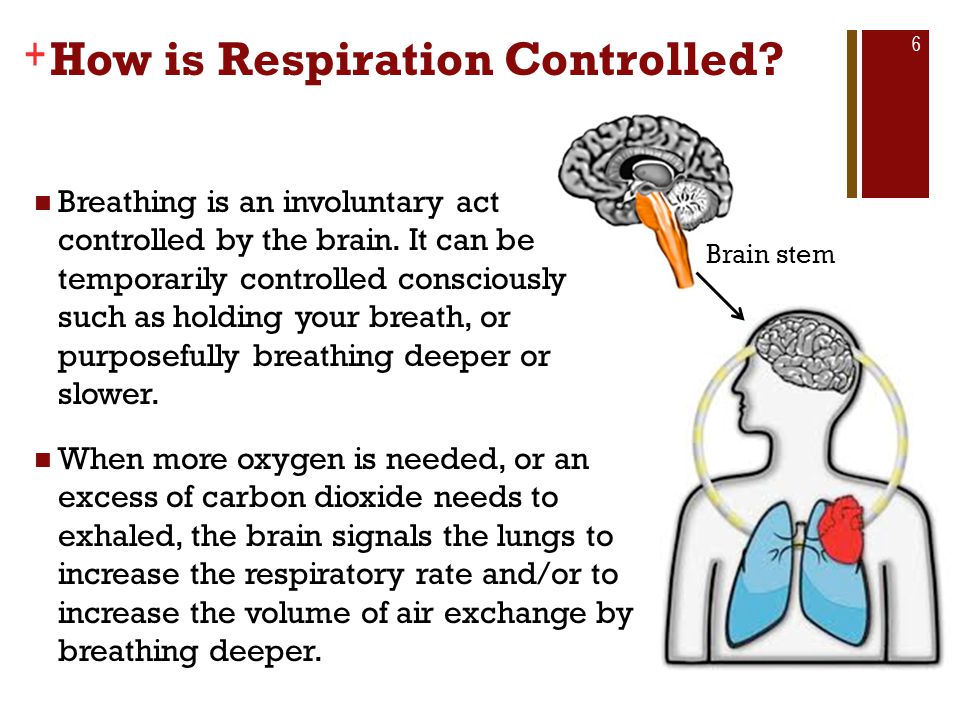 The chest and upper lungs are not involved in the process. Start with 36 breaths. Bring it up to 108 when you get used to it.
The chest and upper lungs are not involved in the process. Start with 36 breaths. Bring it up to 108 when you get used to it.
Nadi shodhana - breathing through the left and right nostrils
Close the right nostril with the thumb, and through the left, inhale and exhale evenly. Perform five cycles (inhalation and exhalation count as one cycle), then change the nostril. Inhale and exhale through the two nostrils - also five cycles. Practice for five days and move on to the next technique.
Inhale and exhale through the left nostril, then close it and inhale and exhale through the right. Change fingers, alternately covering the left and right nostrils. Perform 10 breath cycles. nine0003
Strelnikova's gymnastics
This gymnastics is designed as a way to restore the singing voice. However, practice has shown that the method of A. N. Strelnikova, based on gas exchange, is able to naturally and effectively heal the entire body. The exercises involve not only the respiratory system, but also the diaphragm, head, neck, and abdominals.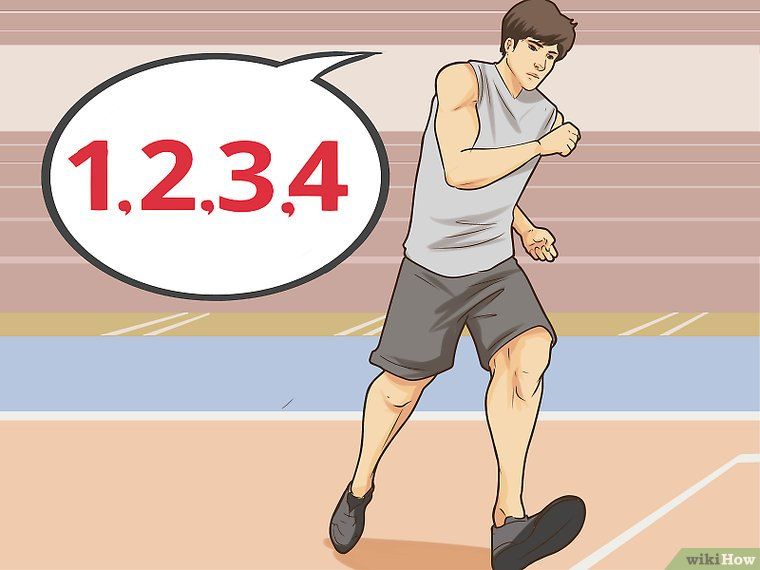
The principle of breathing is to quickly inhale through the nose every second during exercise. You need to inhale actively, intensely, noisily and through the nose (while the nostrils should close). Exhalation is imperceptible, it happens by itself. Strelnikova's system includes many exercises, three of which are basic. nine0003
Exercise "Palms"
Stand up, bend your arms at the elbows and point your palms away from you. Clench your hands into fists while taking sharp and noisy breaths. After completing a series of eight breaths, rest and repeat the exercise for a total of 20 cycles.
Exercise "Carriers"
Place your feet slightly narrower than shoulder width, hands at waist level, palms clenched into fists. As you inhale, lower your arms sharply, unclenching your fists and spreading your fingers. Try to strain your hands and shoulders with maximum force. Do eight sets of eight times. nine0003
Pump Exercise
Keep your legs in the same position. Inhale noisily, slowly bend over and stretch your arms towards the floor without touching it. Then slowly return to the starting position, as if you were pumping. Do eight sets of eight times.
Inhale noisily, slowly bend over and stretch your arms towards the floor without touching it. Then slowly return to the starting position, as if you were pumping. Do eight sets of eight times.
Buteyko method
According to K. P. Buteyko (Soviet scientist, physiologist, clinician, philosopher of medicine, candidate of medical sciences), the cause of the development of diseases is alveolar hyperventilation. With deep breaths, the amount of oxygen received does not increase, but the amount of carbon dioxide decreases. nine0003
The purpose of this breathing exercise is to get rid of hyperventilation of the lungs, which, in turn, helps to cope with diseases such as bronchial asthma, allergies, asthmatic bronchitis, angina pectoris, diabetes, and so on. The Buteyko system includes artificial shallow breathing, delays, slowdowns and difficulty in breathing up to the use of corsets.
The initial stage of training
Measure the control pause - the interval from a calm exhalation to the desire to inhale (so that you do not want to breathe through your mouth). The norm is from 60 seconds. Measure the pulse rate, the norm is less than 60.
The norm is from 60 seconds. Measure the pulse rate, the norm is less than 60.
Sit on a chair with your back straight and look slightly above the eye line. Relax the diaphragm, starting to breathe so shallowly that a feeling of lack of air appears in the chest. You need to be in this state for 10-15 minutes.
The meaning of Buteyko exercises is to gradually reduce the depth of breathing and reduce it to a minimum. Within 5 minutes, reduce the volume of inhalation, and then measure the control pause. Train only on an empty stomach, breathe through your nose and silently. nine0003
Bodyflex
Greer Childers' anti-weight, loose skin and wrinkle treatment. Its undeniable advantage is the absence of age restrictions. The principle of bodyflex is the combination of aerobic breathing and stretching. As a result, the body is saturated with oxygen, which burns fat, and the muscles tense up, becoming elastic. Start mastering gymnastics with five-stage breathing.
Five-stage breathing
Imagine that you are going to sit on a chair: bend forward, resting your hands on your legs, slightly bent at the knees, push your buttocks back. Place your palms about 2-3 centimeters above your knees. nine0003
Place your palms about 2-3 centimeters above your knees. nine0003
- Exhal. Squeeze your lips into a tube, slowly and evenly release all the air from the lungs without a trace.
- Inspiratory Without opening your mouth, inhale quickly and sharply through your nose, trying to fill your lungs with air to capacity. The breath should be noisy.
- Exhalation Raise your head up 45 degrees. Make a movement with your lips, as if smearing lipstick. Exhale all the air from the diaphragm with force through the mouth. You should get a sound similar to "groin".
- Pause. Hold your breath, tilt your head forward and pull your stomach in for 8-10 seconds. Try to get a wave. Imagine that the stomach and other abdominal organs are literally placed under the ribs. nine0030
- Relax, inhale and release your abdominal muscles.
Müller System
Danish gymnast Jørgen Peter Müller encourages deep and rhythmic breathing without pauses: do not hold your breath, do not take short inhalations and exhalations. The goal of his exercises is healthy skin, respiratory endurance and good muscle tone.
The goal of his exercises is healthy skin, respiratory endurance and good muscle tone.
The system consists of 60 breathing movements performed simultaneously with ten exercises (one exercise - 6 breaths and exhalations). We recommend starting with an easy difficulty level. Do the first five exercises slowly six times. Breathe in through your chest and through your nose. nine0003
5 exercises to strengthen the muscular corset
Exercise No. 1. Starting position: hands on the belt, feet close, back straight. Alternately raise and lower straight legs forward, to the sides and back (one leg on the inhale, the other on the exhale).
Exercise No. 2. Place your feet at a short step distance. While inhaling, bend back as much as possible (with your head), move your hips forward, bend your elbows and hands clenched in fists. As you exhale, bend down, straighten your arms and try to touch the floor with them. Do not bend your knees while doing this.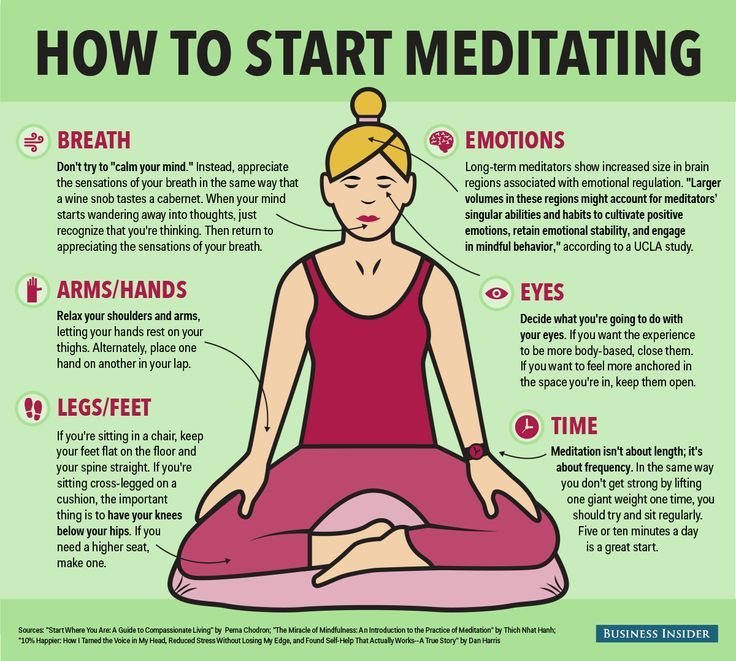 nine0003
nine0003
Exercise #3. Close and keep your heels together. On an inhale, tilt your torso to the left, at the same time moving your half-bent right arm behind your head. Exhale and return to the starting position. Repeat the movements to the right side.
Exercise No. 4. Spread your feet as far apart as possible. The heels are turned outward, the arms hang freely at the sides. Turn the body: the right shoulder is back, the left hip is forward, and vice versa.
Exercise number 5. Place your feet shoulder-width apart. As you inhale, slowly raise your arms in front of you. Do a deep squat while exhaling. Straighten up and lower your arms.
Contraindications
No matter how great the benefits of breathing exercises, they should be performed carefully. Before starting any activity, consult your doctor. Gradually move on to increasing loads to avoid the unpleasant symptoms of hyperventilation.
Breathing exercises are contraindicated for people after surgery and with certain diseases.
 For example, breathe in for one step and then take either one or two steps as you breathe out.
For example, breathe in for one step and then take either one or two steps as you breathe out. 